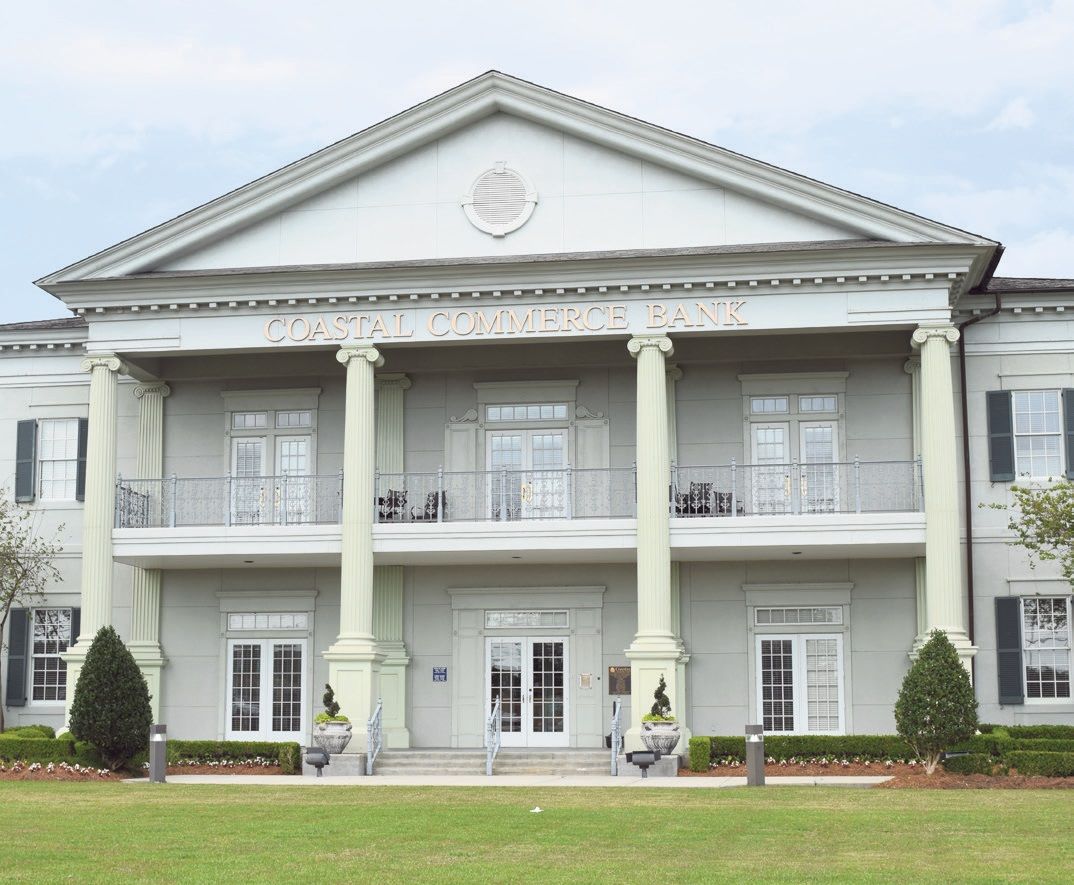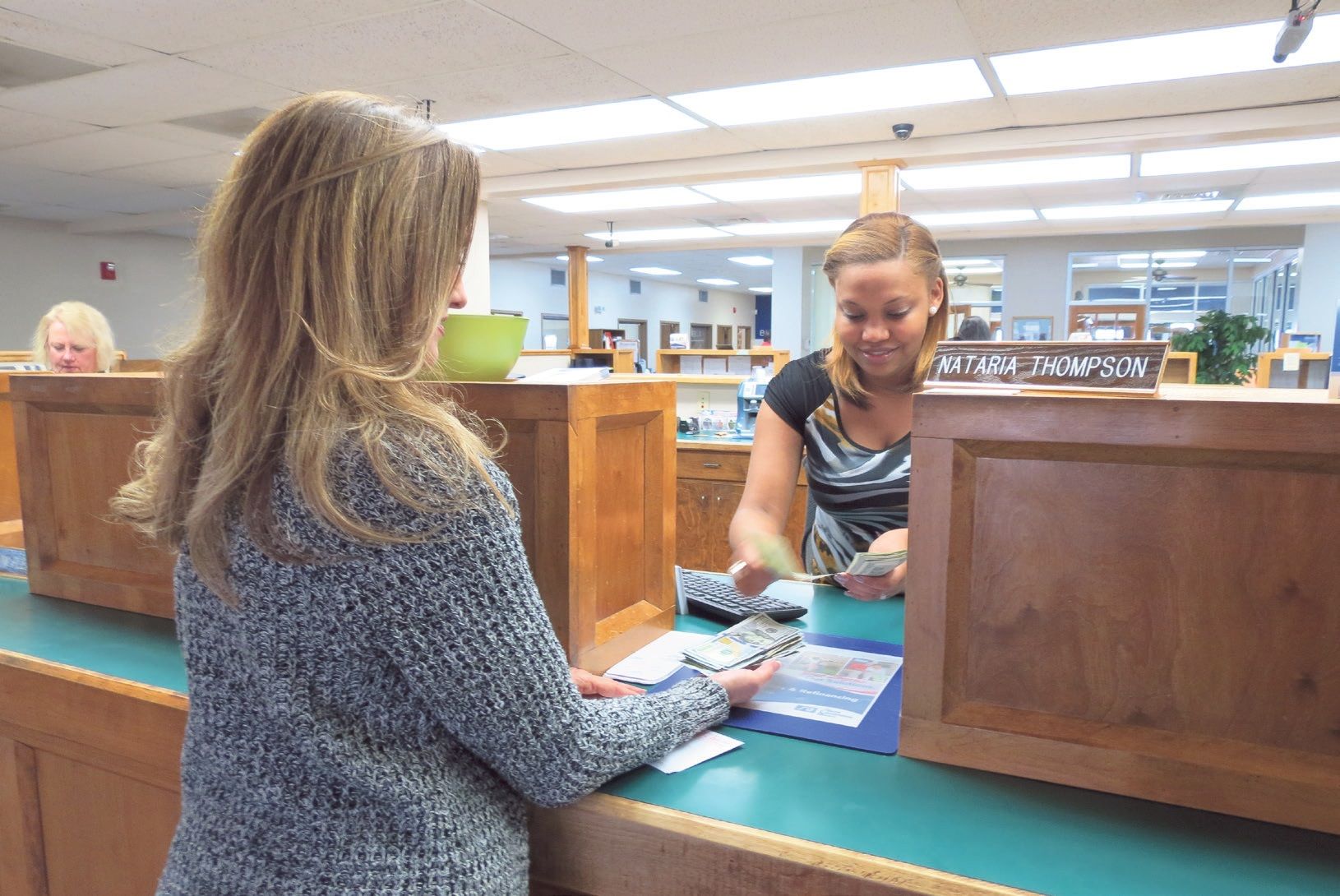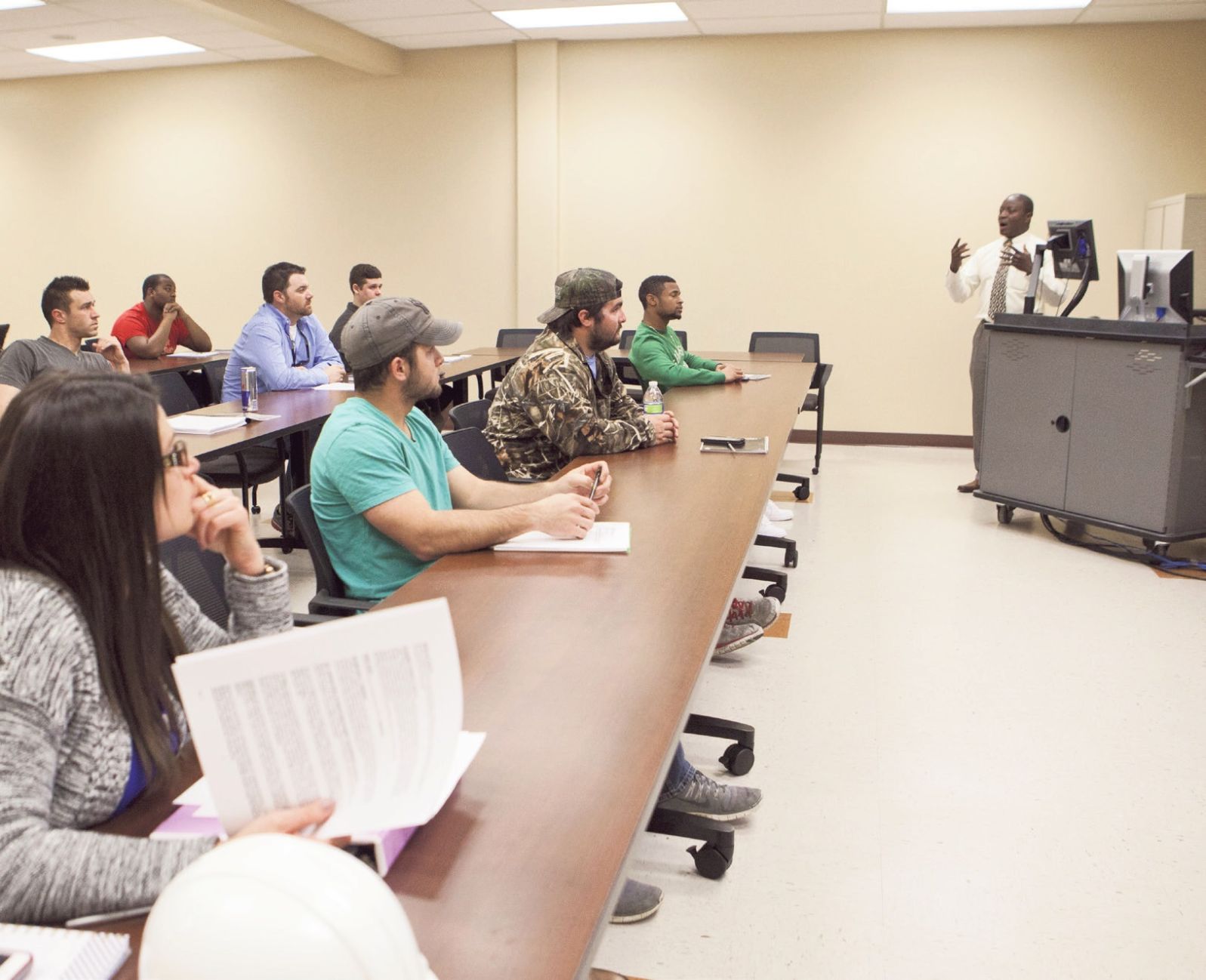
Tri-Parish Bancshares, LCB form 5-bank holding company
April 13, 2016
Customer service top priority for locally-owned banks
April 13, 2016With Louisiana’s budget crisis threatening cuts to the statewide higher education scholarship, current and future college students may have to get creative in paying for their education.
The state has already deferred payment on $28 million for the Taylor Opportunity Program for Students, or TOPS, for the current fiscal year, with the state’s universities having to cover the lost costs. Tasked with tidying up a $750 million budget shortfall for the upcoming year, legislators have said TOPS would not be fully funded under the current tax structure.
To address the issue, state senators have presented bills aimed at curtailing rising TOPS costs and changing how cuts to the program are made. One proposed bill would lock in TOPS awards at their current value, removing the automatic increase in awarded money that occurs when tuition at a state university increases.
Another would make any cuts to the program affect all students, regardless of achievement, instead of fully funding higher-achieving students and removing TOPS awards from students who just meet TOPS award thresholds.
Gus Wales, public information director at the Louisiana Office of Student Financial Assistance, said his agency has not heard any indication to the state’s plans regarding the scholarship program for the upcoming year.
“As of now, we are just as curious as everybody else with what they’re going to do. Obviously, we’re optimistic and hopeful that they’re going to fully fund the program, but we just don’t know right now,” Wales said. That uncertainty means those planning to attend colleges and universities in Louisiana next year have to find new ways to foot the bill if TOPS cuts occur. Financial aid directors in the Houma- Thibodaux area offered options for students looking for alternative money sources. According to Casie Triche, director of financial aid at Nicholls State University, students can look to Pell Grants and Direct Stafford Loans on the federal level to make up the difference. Wales said the key, first step for prospective students is to file their Free Application for Federal Student Aid to let them know just how much they can get in financial aid from the state and federal levels as well as from their universities’ scholarships.
“Best advice is to file the FAFSA, which they need to do for TOPS anyway, and that will get them considered for other forms of financial aid as well,” Wales said.
For federal loans, undergraduate students have limits on how much they can receive based on their grade.
Students considered dependents for taxes and classified as freshmen at school can receive up to $5,500 in loans for the year. That figure
increases to $6,500 as a sophomore and $7,500 for junior and senior years. If those loans do not cover the entire cost, parents can take out
additional federal loans on behalf of their children.
Students can also look to private student loans as another means to paying for school.
According to Triche, however, private loans carry a few challenges that federal loans do not. Private loans require a credit check on the student, unlike federal loans, which have the government’s financial backing. Triche said that private loans also tend to have a higher interest rate than federal loans as well.
Procell said the current federal loan interest rate, set by Congress, is 4.29 percent.
In an email, he advised that students shop around to determine if such a rate is the best they can find.
“A good rate would be up to the borrower. Some borrowers may have credit established and find better rates. I would suggest a student research with other financial agencies prior to making the decision to obtain a federal direct loan,” he wrote.
However, figures on student debt present a gloomy outlook for those currently considering borrowing to pay for their education.
According to a Wall Street Journal study, there are about 22 million Americans with federal student loan debt totaling more than $1.2 trillion. Of those 22 million, 43 percent are either behind on their repayment or have postponed repayment due to financial hardship. This figure actually represents an improvement from 2015, when 46 percent of Americans with student debt were not repaying at the moment.
To avoid continually borrowing to cover the costs of higher education, financial aid directors advise students to look for scholarships wherever they can. While the FAFSA will qualify them for most in-school scholarships, they can still consult specific organizations on campus to find additional debt-free money. Triche and Procell also advise students to look at outside organizations that provide scholarships. Some could be nationwide programs looking for students that meet certain criteria, while others could be nearby stops that students have already left footprints in.
“I would advise them to look EVERYWHERE! Many times, organizations that a student or parent may belong to, like a church or club, have some sort of funding to assist with educational expenses. Scholarship types vary and not all are merit based,” Procell said. Triche said her department mostly focuses on in-school scholarships, although they do advertise those outside sources they discover. According to her, the key to finding debt-free money from other places is something most students are already used to.
“The most important thing is to just go out and search, and do your homework on which scholarships are available and which apply to you,” she said. •










